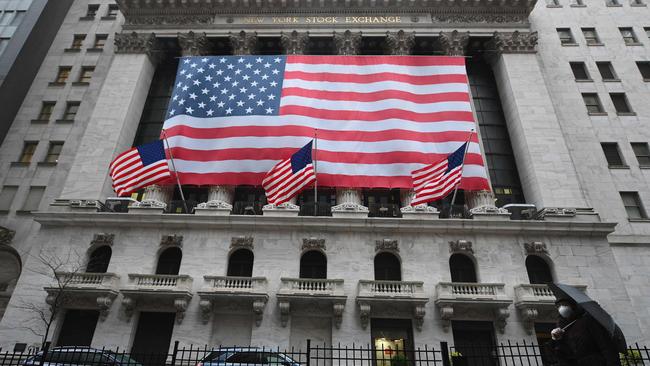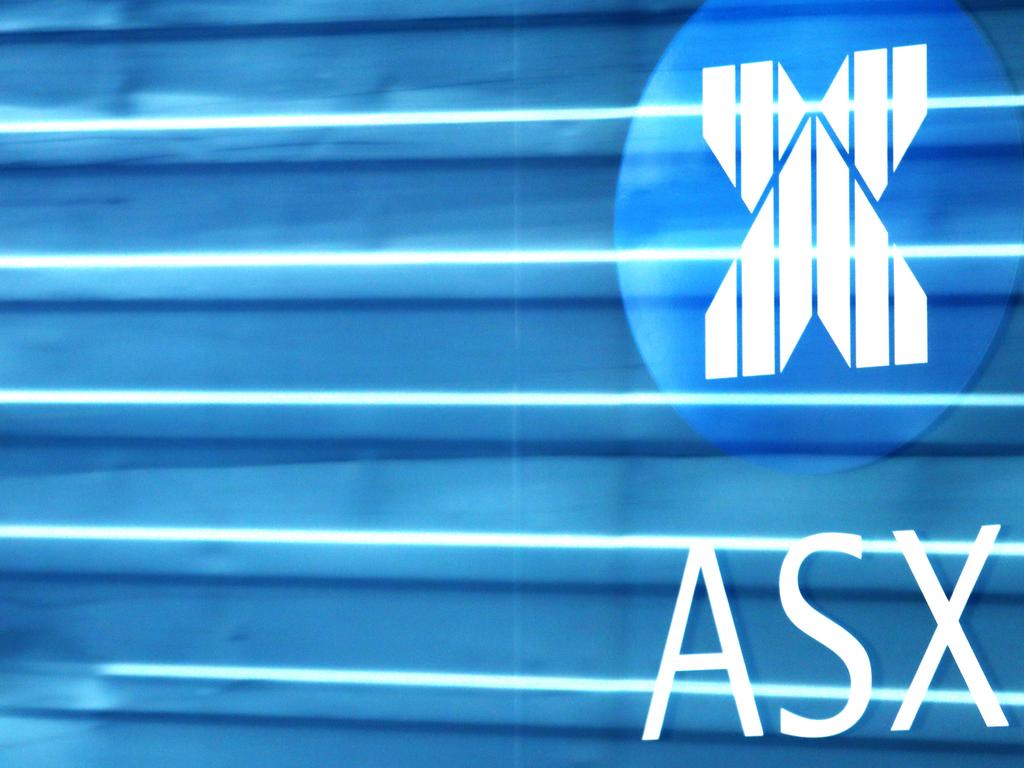
But with the global sharemarket about 24 per cent above its bear market low after unprecedented fiscal and monetary and stimulus, and with crude oil hitting fresh 18-year lows below $US20 a barrel after the International Energy Agency predicted the oil glut would overwhelm the best efforts of producers to curb supply, indiscriminate share buying is risky.
Even in the best-case scenario of a sustained slowing of coronavirus infections that allows significant loosening of lockdowns in coming weeks, immense damage has been done to the global economy and corporate earnings, even before allowing for a probable rebound in infections.
As much as President Trump is pushing to end lockdowns, most countries are extending them and some that eased restrictions have been forced to put them back on.
While governments have backstopped the economy — assuming relatively short lockdowns — and central bank stimulus has backstopped markets by lowering volatility and lessening the risk of a credit crunch, global markets are now just about completely artificial and therefore potentially mispriced for the economic reality the world is facing.
The Fed took a major step last Thursday when it announced an additional $US2.3 trillion ($3.63 trillion) lending program and also broadened its asset buying program to include not only investment grade credit but also high-yield or sub-investment grade debt, as well as municipal debt, commercial mortgage-backed securities and the dreaded CDOs (collateralised loan obligations).
The Fed was determined to restart the corporate credit market and has succeeded. Adding this additional stimulus when the pressure was off equities after a 23 per cent bounce in the S&P 500 might suggest that part of the motivation was to keep the sharemarket going up.
One wonders if the Fed will do a Bank of Japan and start buying equity ETFs.
“There is an epic battle between two extraordinary market forces — monetary policy and economic activity,” says Canaccord’s Tony Dwyer.
“On one side, we have historic monetary accommodation from the Fed. On the opposing side, we have a near shutdown of the global and domestic economy that may last until May or even June, and once we are encouraged to go back to work it is likely to be in stages.
“The struggle remains that from a valuation perspective we have no idea how to model out the Fed’s market intervention that literally supports nearly everything but stocks, and in turn how do you come up with an earnings per share forecast when the economy is not functioning with no idea of economic trajectory or what businesses will even survive?”
Since the economy remains shutdown, he argues that the entire gain can be attributed to improving news on the COVID-19 front, and the Fed action, for now.
In other words, in the epic battle between monetary policy and economic activity, the clarity of Fed policy has overwhelmed the cloudiness of economic activity
“In our view, the Fed’s recent action likely took a total credit collapse off the table suggesting we might hold the March low in the S&P 500, but moving back toward it appears likely given the 24 per cent gain and more clarity on a dire economic outlook.”
With the US corporate profit season now under way, investors will get a sense of what a shutdown does to the corporate outlook. Johnson & Johnson was an early standout as it beat profit estimates and boosted its dividend even as it slashed its sales forecast due to the outbreak, but JP Morgan and Wells Fargo suffered from big writedowns due to the economic outlook.
Dwyer now sees a “frustration phase”, where more negative economic and earnings news is released into an environment that has “already ramped off the low”.
In his mind, the time to buy was into the oversold condition in late March in anticipation of the relief rally, not after a 24 per cent “historic ramp off the low”.
He says an extreme oversold condition highlighted a “panic phase” that spawned a relief rally and fear of missing out by investors as central banks added stimulus. But the S&P 500 has now exceeded the typical gain for a quarter following such a large drop.
“Again, the Fed likely took the worst case — a total collapse of credit — off the table, but they cannot change a near economic shutdown that had nothing to do with money,” he says.








With shares back in a bull market after one of the shortest-ever bear markets, it might seem as though the economic outlook has improved enough to wade back into shares.